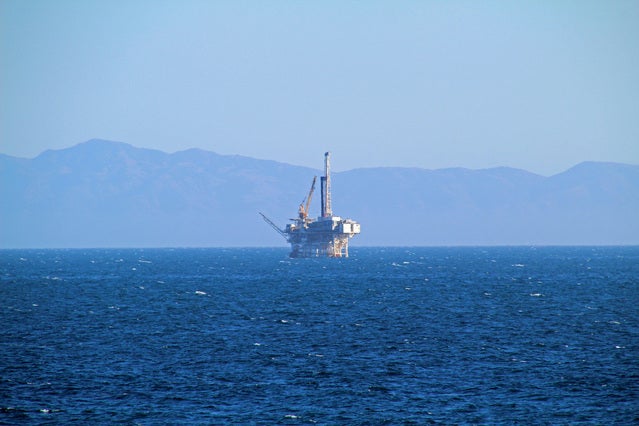
Italian oil and gas company Eni has announced the start of production from the Cuica Field, located in Block 15/06 of the Angolan deep offshore.
The field is producing through the Armada Olombendo Floating Production Storage and Offloading (FPSO) vessel.
Discovered by the exploration well Cuica 1 in March this year, the Cuica field is located in a water depth of 500 metres.
The field is located nearly 3km from the Olombendo FPSO, which has a production capacity of 100,000 barrels of oil per day.
The development of the Cuica field is expected to increase and sustain the Olombendo FPSO production plateau. It consists of a producer well and a water injection well, tied back subsea to the existing Cabaça North subsea production system.
Apart from Cuica, the Armada Olombendo FPSO receives and treats the production of Cabaça, Cabaça South East and UM8 fields for a total of 12 wells and 5 manifolds.
In the fourth quarter of this year, the FPSO is expected to start receiving production from the Cabaça North field.
Eni stated: “The start-up of production on the Cuica Field in Angola, just 4 months from the discovery, is yet another example of Eni’s Angolan and worldwide extraordinary exploration success, that, driven by the principle of Infrastructure Led Exploration (ILX) and combined with the application of an enhanced modular and streamlined development philosophy, is allowing Eni to translate exploration successes into production in the most efficient and effective way.”
Eni Angola is the operator of Block 15/06 with a 36.84% stake, with Sonangol Pesquisa e Produção and SSI Fifteen as its partners.
In April this year, Eni started gas production from the Merakes project, located in the East Sepinggan block in the Makassar Strait, deep offshore East Kalimantan, Indonesia.
The field is connected to the Jangkrik Floating Production Unit (FPU), which is operated by Eni.
Eni has also announced making a significant oil discovery on the Eban exploration prospect in CTP Block 4, offshore Ghana, in July this year.
According to preliminary estimates, the Eban–Akoma complex has the potential to hold between 500 and 700 million barrels of oil equivalent (Mboe).






